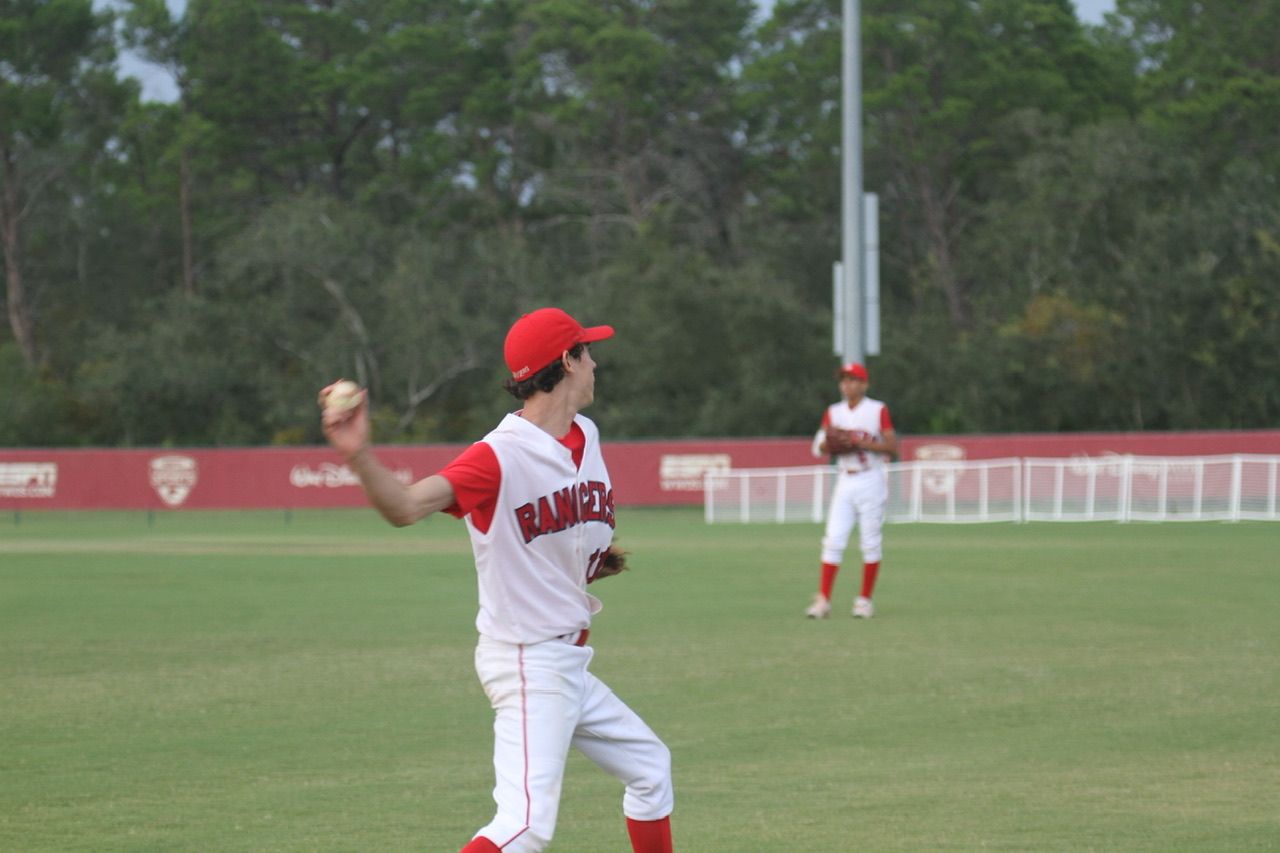Practice

At every level of baseball I coached, I assessed the players in relation to the skills they possessed and the skills they needed. My goal was never to win, but to be competitive. If we could do what the best teams did, I reasoned, the team would compete, and that would give us the best chance to win.
This started with practice. Practice is the dedicated time for intentional development of skill and ability. I took the necessary skills and broke them down so players could focus on what was being asked of them.
Positive feedback loops have the three ingredients: Expectations, feedback, and the resources to execute.
Here's an example. The best way to throw a baseball so another person can catch it, is to throw it so they can see it easily. This means throwing it so the arc of the ball is mostly at eye level for the receiver. Most kids don't do that. They try to throw the ball TO the other person, resulting in a Lollypop like throw landing short on their toes. We taught the kids to throw through the other person, not TO the other person. Throw the ball as if you were trying to through it through a window.
Then the receiver only had to put their glove in front of the ball to catch it.
To teach that we used a called "box throws". The receiver would raise their arms over their head to form a box by bending their elbows, so their forearms touched the top of their head. Can you see the box? Shoulders = bottom, biceps = sides, forms = top, with the player face right in the middle.
This pose gave the thrower a visual. Then the receiver would put their arms down and raise their glove to give a good target. If a player's throw was "in the box", they got two points. If they put the ball within arm's reach - (the receiver could catch without moving their feet) they got 1 point. Anything else, 0 points. The receiver kept score.
We lined up two rows of players in pairs (a team), and on the whistle blow the "teams" would compete. Highest score got to hit first in batting practice.
The idea was to give the kids LOTS of repetitions in a game a player might only get 5-10 throws AT MOST. But in practice they could get in 50 or more. (Note, this is different from pitching. While arm fatigue is always an issue - it is not a significant factor. Remember catchers throw the ball the same distance as pitchers but have no pitch count).
Kids loved this drill. And they got better quickly. I will admit, this is much harder to do in business. However, every time we take the time to walk through a process and make it safe for people to learn, productivity and employee satisfaction skyrocket.
The moral of the story is: Identify the expectations and self-reporting feedback that will help your staff develop skills. It is fun to get better at something.